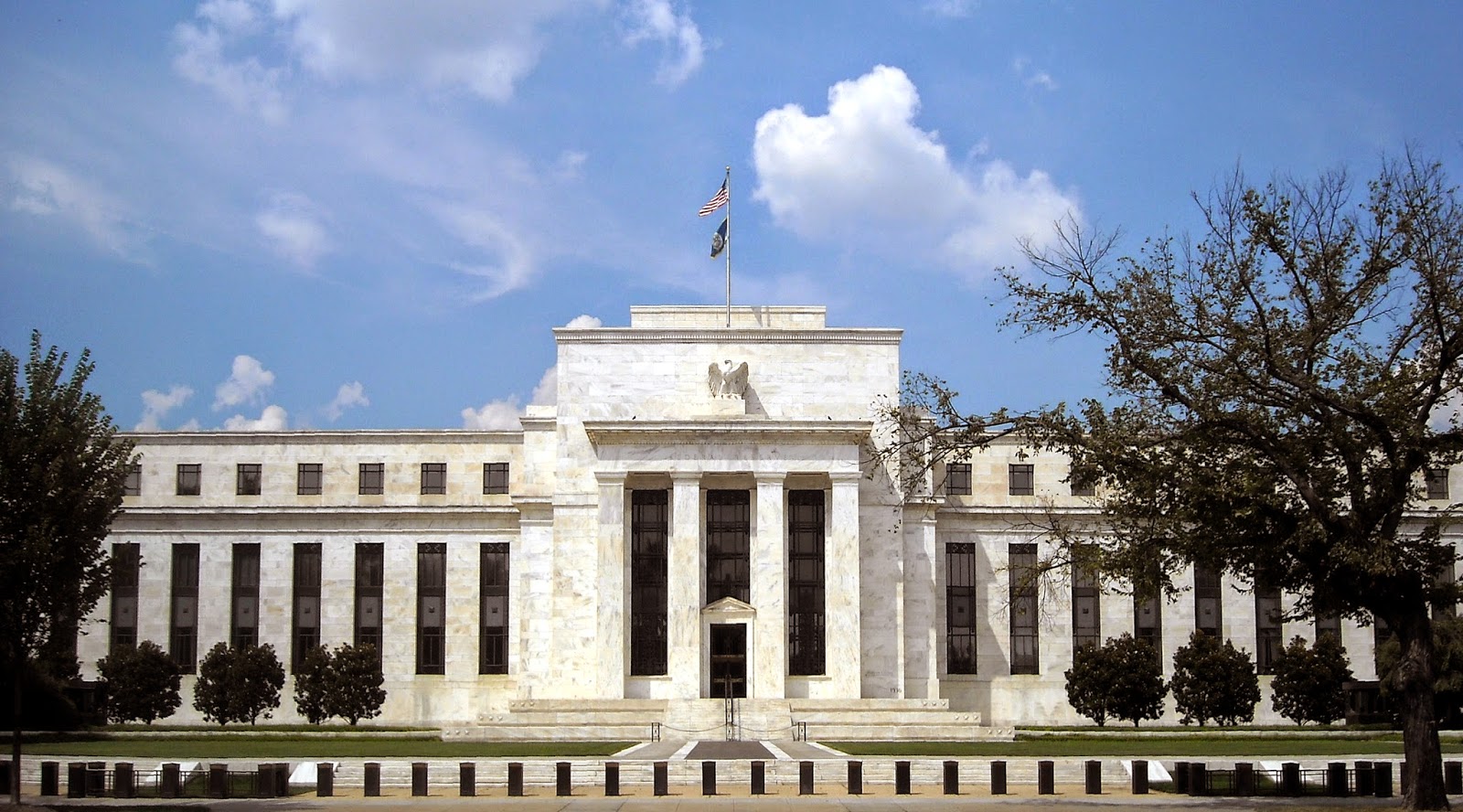Breaking News : Likes our Facebook page and join us as members, you will receive email updates and instant updates in Telegram group.
Economists will get a glimpse into the overall health of the U.S. economy Wednesday, as the U.S. Federal Reserve prepares to release a statement following the Federal Open Market Committee's first two-day policy meeting of the year. Market professionals will analyze the statement, looking for clues as to when the central bank plans to raise interest rates and how deflationary concerns and the dramatic decline in oil prices could alter the Fed’s monetary policy decisions in 2015.
The Federal Reserve kept its options open on Wednesday, signaling that it would not raise short-term interest rates any earlier than June, while leaving unresolved how much longer it might be willing to wait before lifting its benchmark rate from near zero, where the central bank has held it for more than six years.
Treating the recent turmoil in markets as essentially meaningless noise, the Fed issued its most upbeat assessment of economic conditions since the recession, after its first policy-making meeting of the year, in a statement that noted solid economic growth and strong job growth. Oil prices slumped anew, with US crude futures hitting a near six-year lows after government data showed record-high inventories in the United States. US crude futures stood at $44.50, having sunk to as low as $44.08 on Wednesday, their lowest since April 2009.
But the optimistic tone was tempered by the Fed’s acknowledgment that inflation has slowed markedly in recent months and is likely to slow even more, making it harder for the Fed to determine how quickly to retreat from its stimulus campaign.
Fed officials for more than a year have pointed to the summer of 2015 as the likely time for the central bank to increase its benchmark interest rate, but investors are increasingly convinced that the sluggish pace of inflation will force the Fed to wait until fall at the earliest.
Asian shares retreated on Thursday after the Federal Reserve unexpectedly lifted its view on the economy, signalling that the US central bank remains firmly on track with plans to raise interest rates this year.
The Fed said falling energy prices boosted household purchasing power, even as it acknowledged a decline in certain inflation measures and added international developments would be taken into consideration.
"The markets were a bit surprised that the Fed was more hawkish than expected, especially considering that many people had thought that the board members this year would be more dovish than last year's," said Hideyuki Ishiguro, senior strategist at Okasan Securities.
Four voting members from regional Feds at the policy committee this year are considered less hawkish than last year's rotating members. A greater likelihood of higher US interest rates this year helped Asian stock indexes follow Wall Street into negative territory. Japan's Nikkei slipped 0.7 per cent and MSCI's broadest index of Asia-Pacific shares outside Japan dropped 0.4 per cent. The Dow Jones industrial average fell 1.1 per cent to a six-week low while the S&P 500 lost 1.4 per cent.
The Fed's optimism and unwavering stance on future rate hikes contrasted with a recent spate of dovish policy shifts at many central banks around the world - from Europe to Canada to India. That helped the US dollar recoup some losses this week, with the dollar index against a basket of major currencies gaining 0.6 per cent to 94.627. The euro slipped to $1.1284 from a high of $1.1423 hit on Tuesday, with signs of tension in Greek financial markets adding to downward pressure. Greek short-term bond yields hit their highest since the country's 2012 debt restructuring and Greek shares tumbled 9 per cent to a 2 1/2-year low on Wednesday as the new government in Athens appeared to be squaring up for a fight with international creditors.
The New Zealand dollar tumbled to a 3-1/2-year low on Thursday after the Reserve Bank of New Zealand dropped its tightening bias on official interest rates, instead signalling that the next move could be either up or down.
Against the yen, the dollar was little changed at 117.51 yen as weakness in share prices helped to support the safe-haven Japanese currency.
As share prices eased, US bond yields have fallen, with the 30-year yield hitting a record low of 2.273 per cent on Wednesday. The 10-year yield stood at 1.726 per cent, near this month's low of 1.698 per cent, which was its lowest level since May 2013. But US interest rate futures hardly budged. The Fed repeated it will be "patient in beginning to normalize" rates, although it dropped a reference that rates will be held at the current levels "for a considerable time" -- which many traders had taken to mean about six months.

















